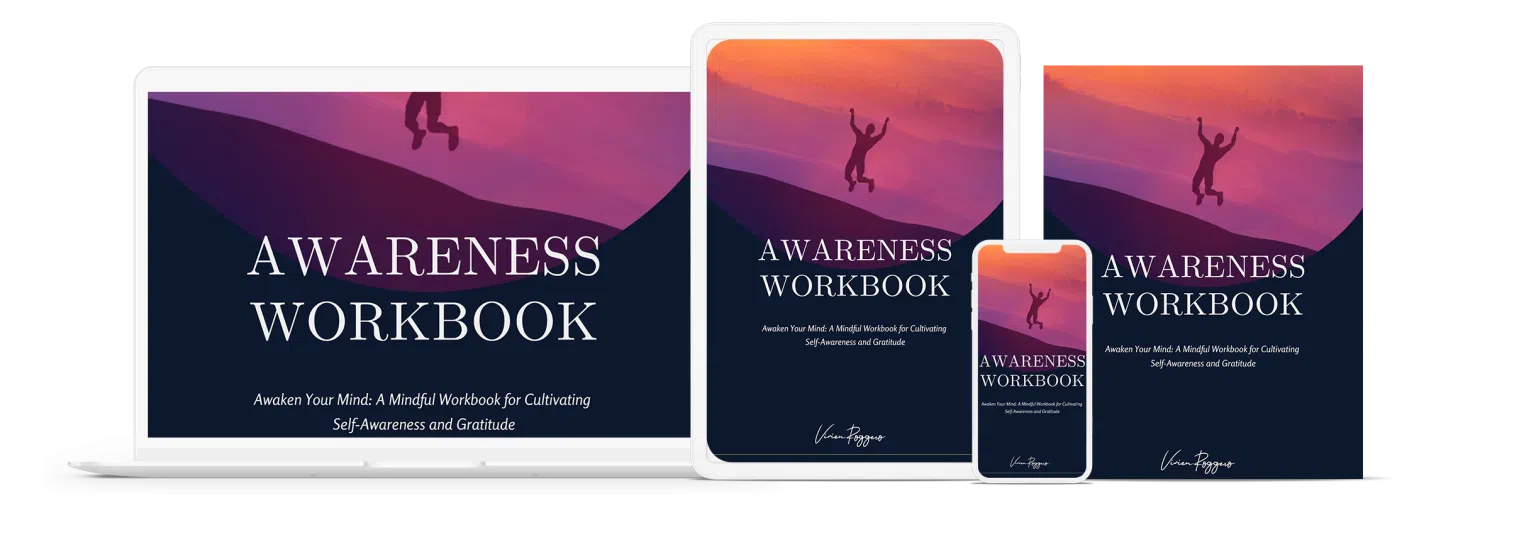In the fast-paced world we live in, the ability to think critically is more vital than ever. Critical thinking, defined as the capacity to evaluate information objectively and make reasoned judgments, is a skill that empowers us to make informed decisions and navigate life’s complexities. This blog will walk you through seven easy steps to improve your critical thinking skills, positioning you for success in all aspects of life.
Critical thinking is the deliberate process of analyzing information and objectively assessing it to guide beliefs and actions. It involves evaluating the validity of arguments and their logical coherence. Crucial to problem-solving, decision-making, and leadership, critical thinking enhances our ability to tackle challenges and make sound decisions, both personally and professionally.
In the following sections, we’ll explore a seven-step approach to enhancing your critical thinking skills. This guide will walk you through the process, from problem clarification and information gathering to reflective thinking and effective problem-solving. By understanding and applying these steps, you can develop stronger critical thinking abilities that can positively impact every facet of your life.
Step 1: Clarify the Problem or Question
Every critical thinking process begins with an understanding of the problem at hand. It’s about posing the right questions and seeking clarity in the face of ambiguity.
Identifying the Key Issue at Hand
First and foremost, identify the key issue or question that needs to be addressed. Be specific and concise. Your goal is to determine what needs to be resolved or understood.
Breaking Down Complex Problems
Complex problems can often be overwhelming. Break them down into smaller, manageable parts. This process helps simplify the problem, making it less daunting and easier to understand.
Seeking Clarity Through Research and Analysis
Finally, seek clarity through research and analysis. This involves digging deeper into the problem, gathering relevant information, and understanding various aspects of the issue.
Step 2: Gather Relevant Information
Once you’ve defined your problem or question, it’s time to gather information. This is the foundation on which you’ll build your understanding and formulate your response.
Conducting Thorough Research from Credible Sources
Begin by conducting thorough research from credible and reliable sources. Remember, the quality of the information you gather will directly impact the quality of your conclusions.
Collecting Data, Facts, and Evidence Related to the Problem
Gather all the necessary data, facts, and evidence related to the problem or question. This information forms the building blocks of your analysis and helps guide your thinking process.
Organizing Information for Easy Analysis and Evaluation
Finally, organize the information you’ve gathered. This organization allows for easier analysis and evaluation, facilitating the critical thinking process. It provides a clear and structured overview of the information, enabling you to assess it effectively.
Step 3: Evaluate the Sources
Evaluating the sources of your information is a critical step in the thinking process. It allows you to determine the reliability and validity of your data.
Assessing the Credibility and Reliability of Information Sources
Start by assessing the credibility and reliability of your sources. Not all information is created equal, and it’s crucial to ensure that your sources are reputable and trustworthy.
Checking for Biases, Conflicts of Interest, or Hidden Agendas
Be aware of biases, conflicts of interest, or hidden agendas that might skew the information. This awareness helps to ensure that you’re making judgments based on accurate and unbiased data.
Considering Different Perspectives and Expert Opinions
Lastly, consider different perspectives and expert opinions. Different viewpoints can provide valuable insights and help you see the problem from various angles, enriching your understanding and broadening your perspective.
Step 4: Analyze and Interpret the Information

Once you’ve gathered and evaluated your information, it’s time to analyze and interpret the data. This step is crucial in forming your conclusions and making informed decisions.
Applying Critical Thinking Tools and Techniques
Begin your analysis by applying various critical thinking tools and techniques. These might include logical reasoning, comparison and contrast, cause and effect analysis, and others. They help you dissect the information, revealing patterns and relationships.
Identifying Patterns, Trends, and Relationships in the Data
Identify patterns, trends, and relationships in the data. This process enables you to discern significant information, revealing underlying structures or connections that may guide your conclusions.
Forming Logical and Well-Supported Conclusions
Finally, based on your analysis, form logical and well-supported conclusions. Your conclusions should be backed by the evidence you’ve gathered and analyzed, reinforcing the validity of your decisions and actions.
Step 5: Consider Alternative Explanations or Solutions
Considering alternative explanations or solutions is a vital aspect of critical thinking. It allows you to explore various possibilities and ensures a comprehensive understanding of the problem.
Generating Multiple Hypotheses or Possible Answers
Start by generating multiple hypotheses or possible answers to your problem or question. Having various options allows for flexibility and ensures that you’re not confined to a single path.
Examining Different Viewpoints and Arguments
Examine different viewpoints and arguments. This practice gives you a wider perspective and ensures a holistic understanding of the problem, preventing tunnel vision.
Weighing the Strengths and Weaknesses of Each Option
Finally, weigh the strengths and weaknesses of each option. This assessment allows you to make an informed decision, considering all possible outcomes and repercussions.
Step 6: Engage in Reflective Thinking
Reflective thinking is an essential step in the critical thinking process. It involves evaluating your own thoughts and assumptions, providing insights that can influence your decision-making process.
Reflecting on Personal Biases and Assumptions
Begin by reflecting on any personal biases or assumptions that may have influenced your thinking process. Self-awareness is key in critical thinking and can lead to more objective and balanced decisions.
Potential Implications and Consequences of Decisions
Consider the potential implications and consequences of your decisions. Understanding the possible outcomes can help you make more informed and responsible decisions.
Considering Ethical and Moral Considerations
Lastly, don’t forget to consider ethical and moral aspects. Critical thinking isn’t just about logic and facts; it also involves making choices that are morally sound and ethically responsible.
Step 7: Practice Problem-Solving and Decision-Making
The final step in improving your critical thinking skills is putting them into practice. This means actively applying your critical thinking skills to real-life situations and learning from the outcomes.
Applying Critical Thinking Skills to Real-Life Scenarios
Start applying your critical thinking skills to real-life scenarios. This application helps solidify these skills and highlights their importance in practical contexts.
Making Informed Decisions Based on Evidence and Analysis
Make informed decisions based on the evidence and analysis you’ve conducted. Informed decision-making is at the heart of critical thinking, and it allows you to navigate situations with confidence and clarity.
Reflecting on the Outcomes and Learning from Experiences
Lastly, reflect on the outcomes of your decisions and learn from your experiences. Reflection facilitates learning and growth, making you a stronger and more effective critical thinker.
Conclusion
Improving critical thinking skills is a journey that requires patience, practice, and perseverance. As we’ve discussed, critical thinking is a multifaceted skill that is vital to effective leadership and decision-making. The seven steps outlined in this blog are a starting point for enhancing these abilities.
The journey to improve critical thinking skills is an empowering one. Regular practice of the seven steps not only enhances your ability to think critically but also boosts confidence in decision-making, problem-solving, and leadership. It enables us to make well-informed decisions, based on evidence and analysis, that can positively impact all areas of our lives.
By embracing the journey of enhancing your critical thinking skills, you position yourself for success in life and work. This journey brings the promise of more informed decisions, a richer understanding of the world, and a more fulfilling and productive life. So, start today, embrace the journey, and unlock the benefits of improved critical thinking.














![2024 Awareness Wordbook by Vivien Roggero [Self-discovery tools]](http://vivienroggero.com/wp-content/uploads/2023/04/Book-Awarness-Full-pack.png)